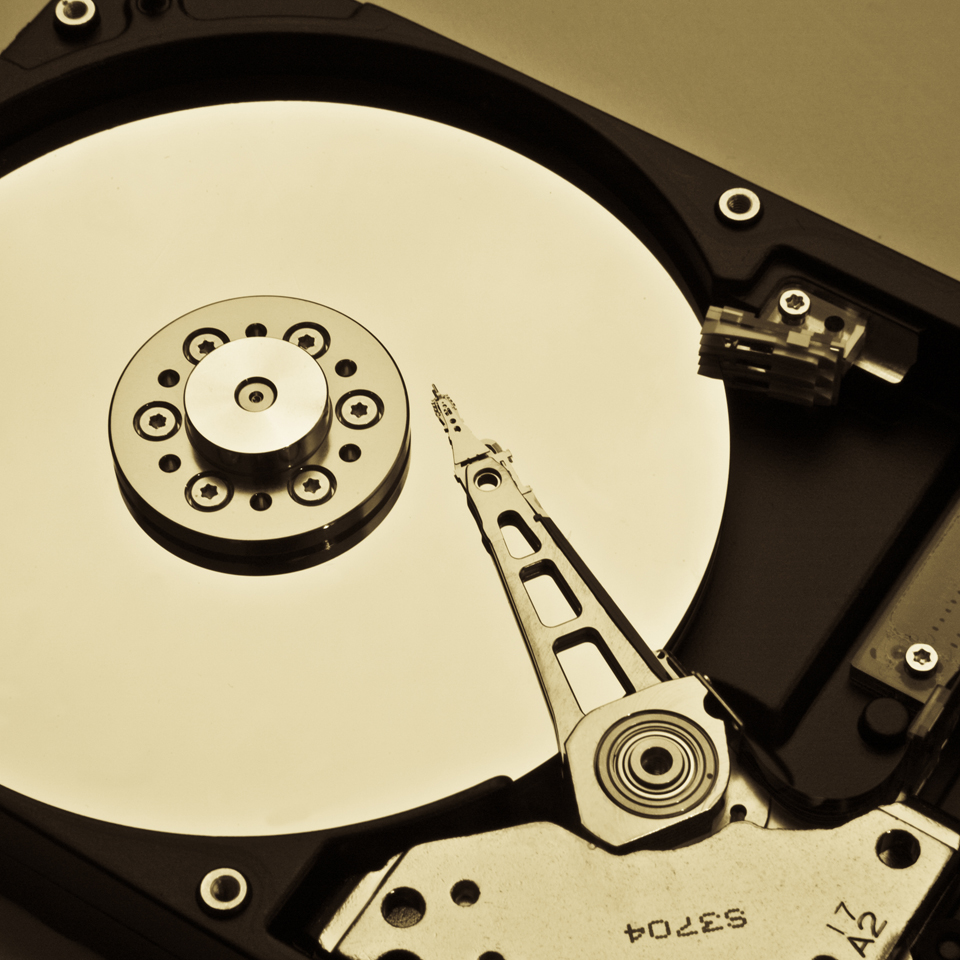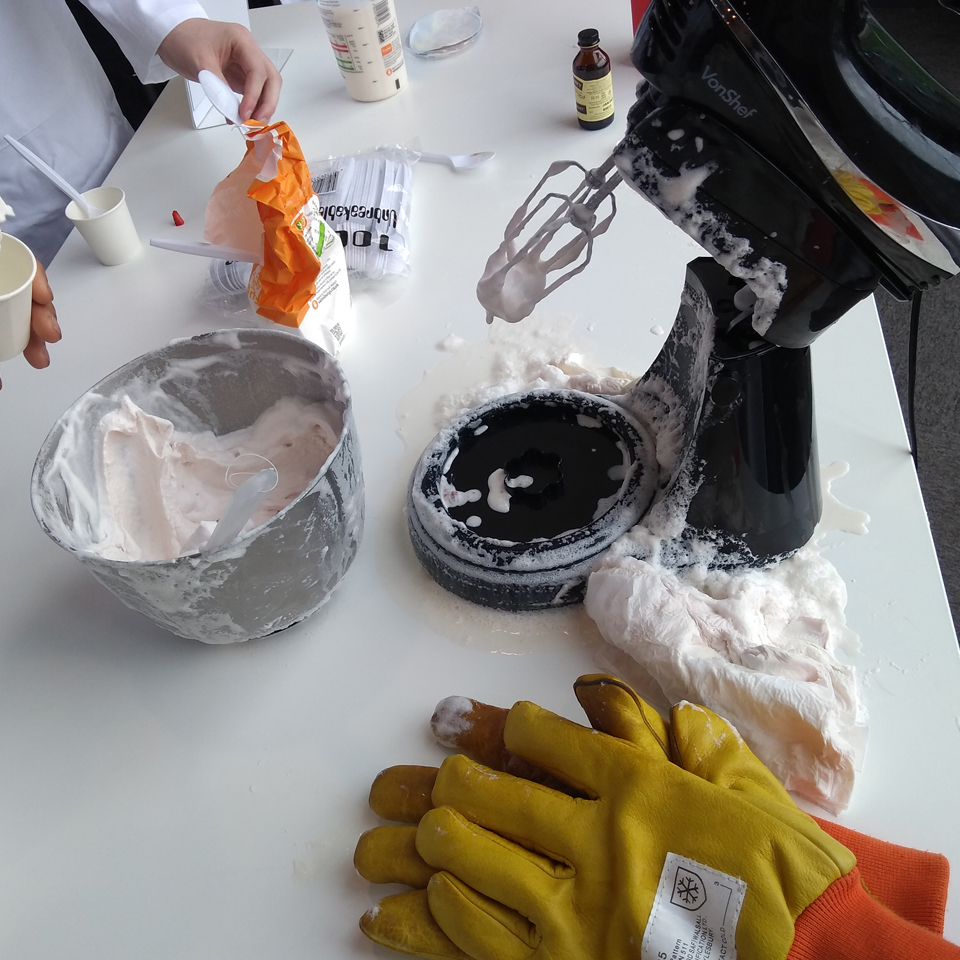Professor Kelly Morrison
Professor of Experimental Physics – Physics
EPSRC Fellow Professor Kelly Morrison specialises in magnetothermal measurements. In recent years, her research has focused on potential mechanisms for energy harvesting in thin films – in particular, the spin Seebeck effect. She has expertise in a wide range of magnetoelectric phenomena as well as functional magnetic materials, including the magnetocaloric effect for solid-state refrigeration.
Energy harvesting – harnessing and utilising waste heat
The recently discovered spin Seebeck – or magneto-thermoelectric – effect has several potential applications. Implemented in an energy harvesting device in power plants, it could convert low-grade waste heat into electricity. Meanwhile, in road vehicles it could help to increase fuel efficiency. It could also be used as a component in spintronic – spin transport electronics – devices that are of interest for a variety of computing applications, potentially improving energy efficiency and density of data storage. These applications have an important role to play in our continued efforts to make how we live and work more sustainable.
My research focus centres on magnets and superconductors and how we can use these materials to reduce energy demand – by harvesting waste heat and developing cleaner magnetic refrigeration technologies.
My EPSRC Fellowship gave me the time and resources to focus on a relatively new physics phenomenon, the spin Seebeck effect. I’m interested in how it can be used to convert waste heat into an electric current – a process known as magneto-thermoelectrics or spin caloritronics.
The effect harnesses a fundamental aspect of magnetism – the electron spin. When a magnetic material is exposed to a temperature difference, electrons with different spin drift in different directions – generating a spin current.
This spin current can be used to generate electricity by injecting it into another material – such as platinum – where the spin current is converted to a voltage via a phenomenon known as the inverse spin Hall effect.

This is of interest not only for harvesting waste heat because the generation of a spin current is a primary component of spintronic technology, which is rapidly becoming a potential gamechanger for a range of next generation devices and appliances – including computers, phones and notebooks.
So far, we have developed a measurement system that can accurately determine the magnitude of the spin Seebeck effect in thin films and also correlated the optimum thickness of the magnetic material in a device to its magnon diffusion length.
In addition, we have been exploring direct measurement of the efficiency of potential devices; methods for improving the efficiency of injection of the spin current into the platinum layer; alternative materials for platinum; as well as its impact in combination with other magnetothermal effects, such as the anomalous Nernst effect, to boost the signal.
These results not only help to further the development of potential spin Seebeck devices, but are key considerations in most spintronics applications as well.
It was a proud moment when the EPSRC awarded me an Early Career Fellowship to support my research and build a fantastic team of PhD and post-doctoral researchers to work with.

Alongside my research, I’m the Department’s Outreach Coordinator. As an A-Level student deciding my next steps, I didn’t know that I wanted to specialise in Physics. Luckily, a university taster course, the Imperial Women in STEM event – and its memorable superconductor experiment – really inspired me.
So, supporting and encouraging young people to fully explore their options has become really important to me. And, it’s a lot of fun running experiments that have immediate and dramatic outcomes with a group of school age students – including whipping up liquid nitrogen ice cream. A recipe not to try at home, perhaps…
In a similar vein, I’ve published a book as part of the Institute of Physics’ e-textbook series, Characterisation Methods in Solid State and Materials Science. I hope that it’s providing students everywhere with a useful learning tool.
Only by promoting STEM subjects – and demonstrating their critical role in the development of future green technologies – can we ensure the next generation of researchers and pioneers.
My research journey
I’ve always been a problem solver – I love the challenge of figuring out how things work, and how they might be used productively. Choosing to be a physicist has certainly given me plenty of opportunities to do both.
In 2002, I joined Imperial College London to complete my MSc – and stayed there more than a decade. I achieved my PhD in 2010 (“Study of first order magnetocaloric materials”) and was awarded the Anne Thorne Thesis Prize for “development and use of new experimental instrumentation or techniques”.
When I graduated, I secured a Research Associate role – developing manganite materials for solid state magnetic cooling and exploring the electrocaloric effect.
Both my doctoral and post-doctoral research gave me the opportunity to work with experienced scientists across Europe and – excitingly – beamtime for neutron spectroscopy at the world-leading materials science research centre, ISIS.
Working across disciplines and accessing facilities of this calibre was invaluable. I learned a lot and enjoyed the freedom and time to really explore – and try to resolve – a research problem. I was completely hooked.
In 2013, it was time to leave London and head to Loughborough to take up my first lectureship. It was a proud moment, just four years later, when the EPSRC awarded me an Early Career Fellowship to support my research and build a fantastic team of PhD and post-doctoral researchers to work with.
The last decade has seen a significant shift in the experimental capabilities and expertise in the Physics Department here, and I’m excited to see what we’ll be able to achieve in the years to come. I expect I’ll continue to work on functional magnetic materials with applications in energy harvesting or reduction of demand.
There have been significant strides in the development of electronics over the last hundred years and the next stage in this development will no doubt be rooted in the understanding and control of new materials.
